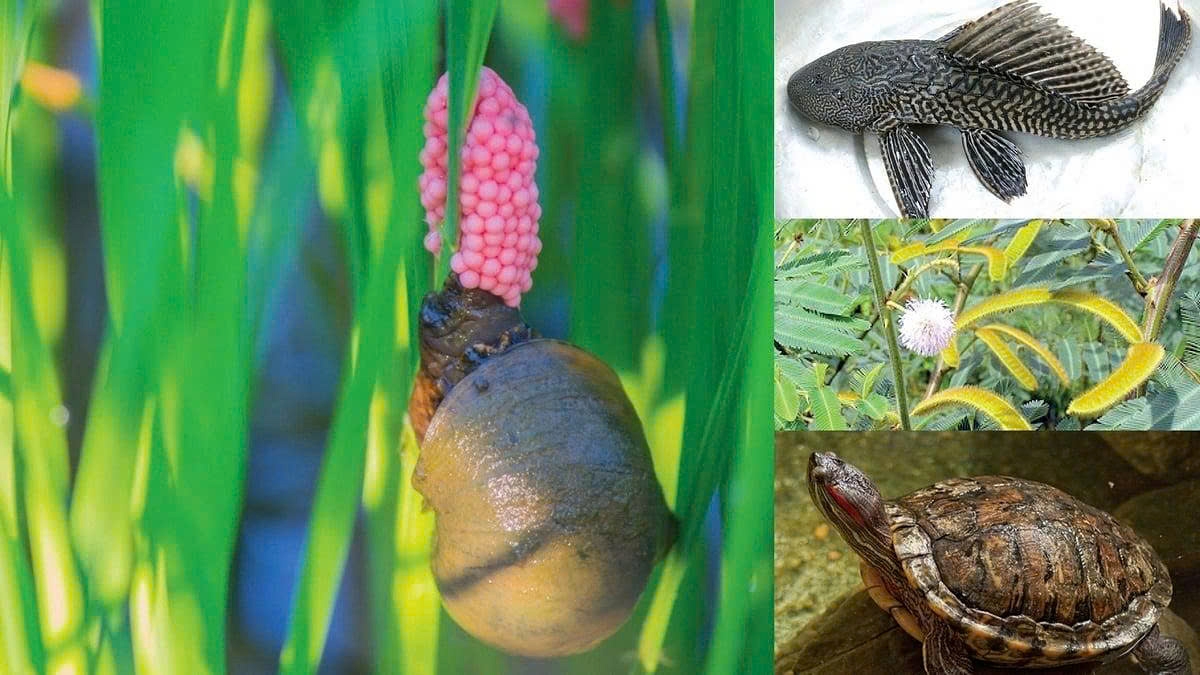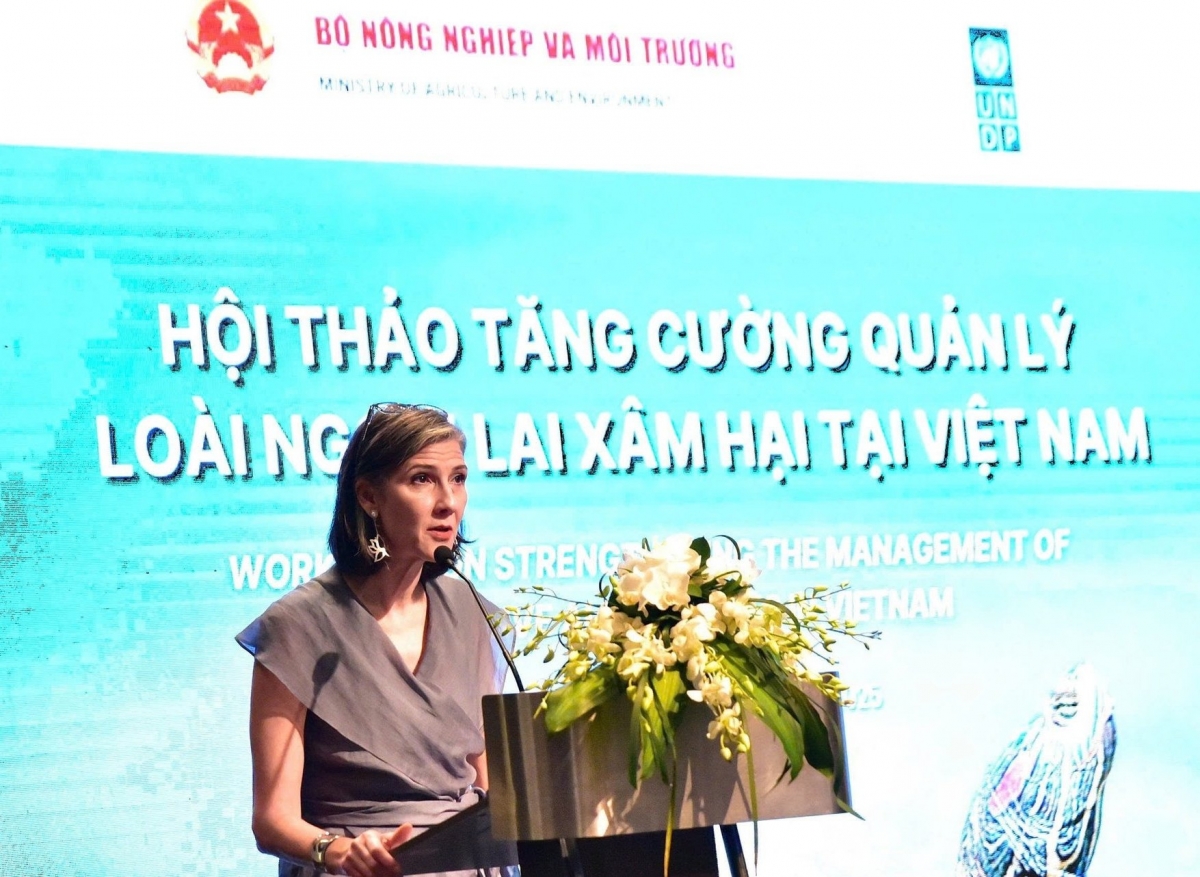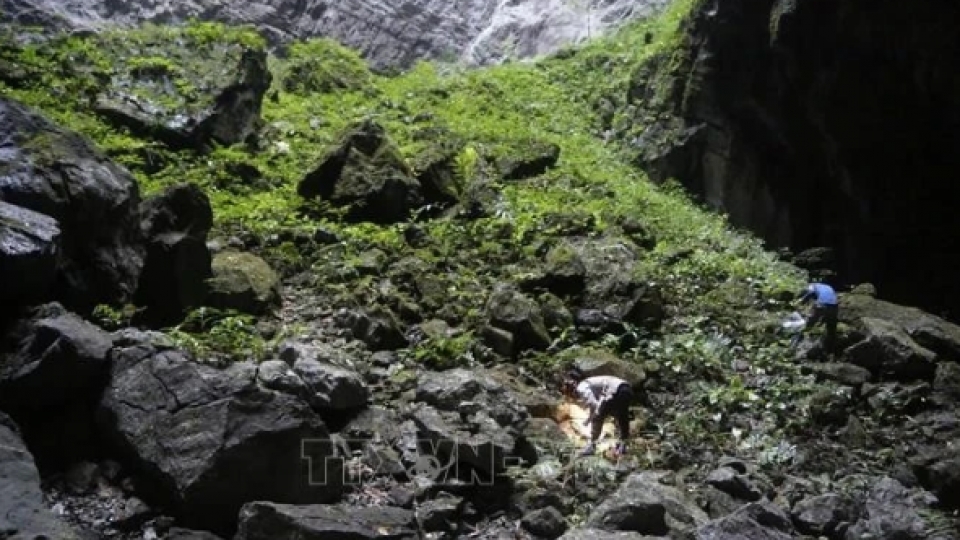Vietnam ramps up efforts to control invasive alien species, preserve biodiversity
VOV.VN - Policymakers, scientists, and environmental experts attended a workshop in Hanoi on July 31, focused on enhancing the management of invasive alien species in Vietnam.

Reports presented at the workshop show, more than 3,500 harmful alien species have been recorded globally, causing an estimated economic loss of up to US$420 billion per year. The impacts of these species are increasing rapidly due to human activities such as trade and tourism, with related costs quadrupling every decade since 1970.
The 2023 report by the Intergovernmental Science-Policy Platform on Biodiversity and Ecosystem Services (IPBES) identified invasive alien species as one of the five main drivers of global biodiversity loss, alongside land-use change, overexploitation, climate change, and pollution.
These species are not only considered to cause severe damage to natural ecosystems and threaten the survival of native species, but also disrupt ecosystem structures, negatively impact agriculture and fisheries, exert widespread economic consequences, and undermine the livelihoods of many communities.
In Vietnam, invasive alien species began to receive attention in the early 1990s. Currently, 22 species are listed as invasive alien species, and 61 others are classified as posing a potential risk. Alarmingly, these species are estimated to be responsible for around 60% of plant and animal extinctions in the country.
A typical example occurred in 1997, when golden apple snails infested more than 132,000 hectares of rice fields and water bodies across 57 out of 61 provinces and cities at the time.

Ramla Khalidi, UNDP Resident Representative in Vietnam, warned that invasive alien species threaten livelihoods, food security, and public health. She emphasised that prevention of these invasive alien species can only be achieved through coordinated action, grounded in science, with the full participation of all stakeholders.
Hoang Thi Thanh Nhan, deputy director of the Department of Nature Conservation and Biodiversity under the Ministry of Agriculture and Rural Development, said her agency is developing a guideline on the control of invasive alien species to support local authorities. The 2018 Law on Biodiversity assigns provincial People's Committees responsibility for investigating, listing, controlling, eradicating, and disclosing information related to invasive alien species.
Delegates at the event examined effective control models in Vietnam. Tram Chim National Park (Bird Sanctuary) has successfully curbed the spread of the invasive Mimosa pigra by combining ecological solutions with hydrological regulation. As a result, the invaded area has dropped dramatically, from over 2,000 hectares in 2006 to just 22 hectares by 2024.
In the Mekong Delta, water hyacinth is being collected and repurposed as organic fertilizer, animal feed, and raw material for handicrafts. This not only helps control the biomass of the invasive species but also creates livelihoods for local communities.
Identifying which alien plant species are harmful or beneficial, establishing early warning criteria, and promoting the cultivation of native or competitive woody species were also proposed as sustainable approaches to limit alien species dominance and restore natural ecosystems.
New advanced monitoring techniques, such as environmental DNA (eDNA) analysis, drone-based remote sensing, species distribution modeling, artificial intelligence, and bioacoustic recording, are expected to improve detection, monitoring, and early warning capacities in Vietnam.
The workshop as held by the Ministry of Agriculture and Environment, in collaboration with the United Nations Development Programme in Vietnam.






